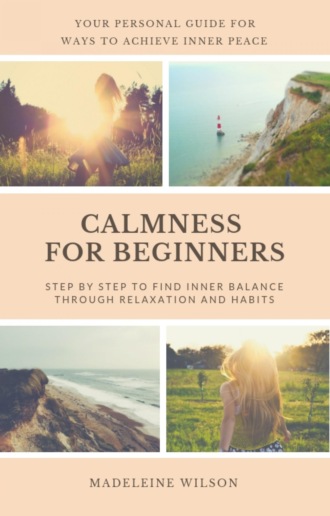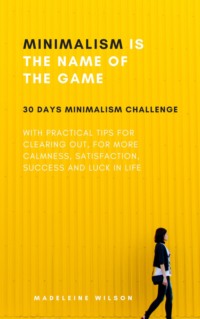Calmness For Beginners, Step By Step To Find Inner Balance Through Relaxation And Habits

Полная версия
Calmness For Beginners, Step By Step To Find Inner Balance Through Relaxation And Habits
Настройки чтения
Размер шрифта
Высота строк
Поля
Конец ознакомительного фрагмента
Купить и скачать всю книгу

